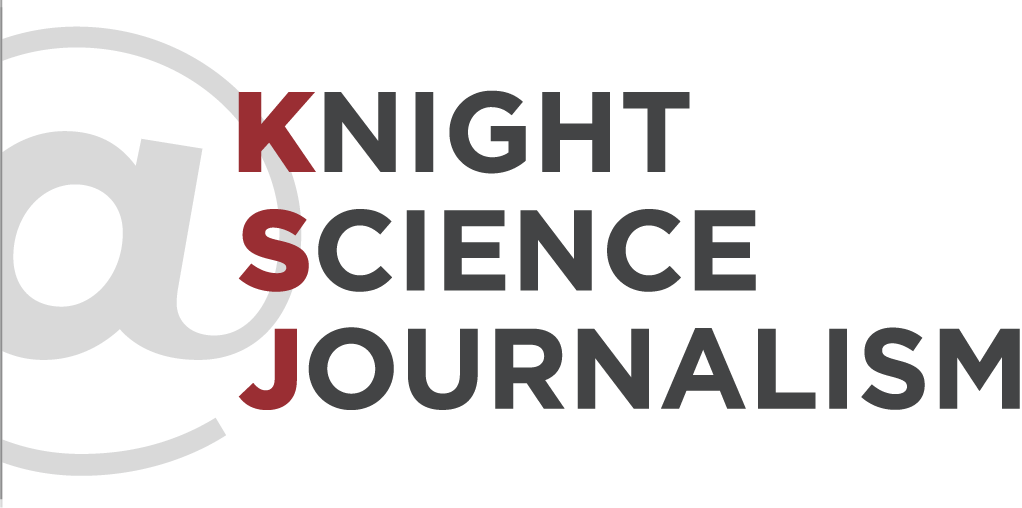Knight Science Journalism alumni Iván Carillo, Valeria Román, and Debbie Ponchner contributed to an international reporting project that paired interactive features with narrative storytelling.
Roughly three out of four trans people in Latin America were kicked out of their homes as children. More than half have faced discrimination by healthcare providers. If you are transgender in Latin America, you can expect to live only about half as long as your cisgender peers.
Those are just a few of the startling statistics reported in “Transgender in Latin America: Unfolded from Otherness,” an international reporting project published this month by Tangible and the Spanish-language newspaper El Universal. (The package was originally published in Spanish.)
Edited by Knight Science Journalism alumnus Iván Carillo and reported by journalists from Mexico, Costa Rica, Venezuela, and Argentina, “Transgender in Latin America” combines text and interactive graphics to paint a portrait of the stigmas associated with being trans in Latin America, the legal barriers that trans people face throughout the region, and the shifting science behind treatments of gender dysphoria. Four profiles, including two by Knight Science Journalism alumnae Debbie Ponchner and Valeria Román, give readers an intimate, layered glimpse into the lives of transgender men and women in different countries across the region. Journalists Carmina de la Luz and Margaret López also contributed reporting.
As it turns out, this ambitious look at the trans experience in Latin America can be traced back to a small gathering of journalists an ocean away, in Lausanne, Switzerland. To learn more, we reached out to project editor Carillo and contributors Ponchner and Román. (The conversation has been edited for clarity and concision):
KSJ@MIT: This project was a far-reaching collaboration, spread across several countries in Latin America. How did it come about?
Carillo: The project is the result of a proposal launched in a workshop that I gave during the World Conference on Science Journalism in Lausanne. The idea of the workshop was to connect journalists from various Latin American countries to focus on science journalism issues. The transgender topic won among 12 ideas because of its social, political, legal and scientific relevance. The four countries represented in our reporting (Mexico, Argentina, Costa Rica and Venezuela) — although they offer a partial vision of the phenomenon — at the same time capture similarities and differences in the handling of an issue that undoubtedly demands the attention of governments and the public. The project was carried out entirely through virtual meetings and a group of WhatsApp.
KSJ: The report contained a figure we found startling: The average life expectancy of a transgender person in Latin America is just 35 to 41 years, compared with the 75-year life expectancy for the region overall. Do you think most people in Latin America — and in other parts of the globe, for that matter — are aware of the challenges and injustices that transgender people face?
Ponchner: I also found that figure startling, it’s the reason I was drawn to pursue this topic. I believe that, just as I was before reporting the topic, most people are unaware of the struggles and injustices transgender people face.
Carillo: The majority of people in Latin America not only are not aware of this injustice, but in one way or another suffer from some injustice. We are talking about a region that suffers great inequalities. The transgender community, unfortunately, is not the only one. But the form of exclusion they live is dramatic and must be visualized, discussed, and addressed.
KSJ: In addition to the interactive feature, the project includes a powerful series of profiles of transgender men and women living in different countries across Latin America. Can you tell us about the reporting that went into producing this project?
Carillo: Actually, my work as editor in this report was quite easy, because of the professionalism and the great experience of the four women reporters who participated in it. Two of them [Ponchner and Román] are KSJ fellows and are undoubtedly among the best and most experienced science journalists in Latin America. The interesting thing about the experience was the way they got involved, not only in the stories or profiles of the characters but in the social and health problems that the phenomenon represents. Suddenly the WhatsApp group was having a high-level and highly specialized conversation regarding what was happening in each of the countries. At least two of the reporters came to conclude that this story “had changed their lives.”
KSJ: What do you hope this project will achieve?
Román: We hope to increase the visibility of transgender people in Latin America. We want to push the public conversation about how the human right to health of transgender people is not being protected. We hope to note the healthcare system is not meeting the needs of the transgender community.
Ponchner: I believe the project has given voice to people that have been ignored by society, for many of the transgender people we interviewed, this has been the first time they’ve been able to tell their story. The project also offers the reader scientific facts regarding the transgender population, and explains the different paths a transgender person can follow to be more congruent with their gender identity. All of this, I hope, will contribute to create a better understanding of the needs of transgender people by the general population, and move forward the struggle for equal rights for this population.
[KSJ] What, if anything, do you hope that audiences outside of Latin America will take away from this piece?
Carillo: It was decided to translate this report into English to double its scope and, perhaps, find other allies who can show solidarity and help bring awareness to the topic. Many times, we see big international media publish news about Latin America that’s confusing, inaccurate, or out of context. I believe that the fact that this report has the signature of specialized science journalists who are immersed in the reality they cover is an important contribution. The English-speaking reader may, quite possibly, understand from a more documentary and involved perspective, the complexity of the phenomenon and of Latin American societies.
Román: We hope to raise this question for audiences outside of Latin America: Does my country protect the right to health of my transgender community?





Leave a Reply